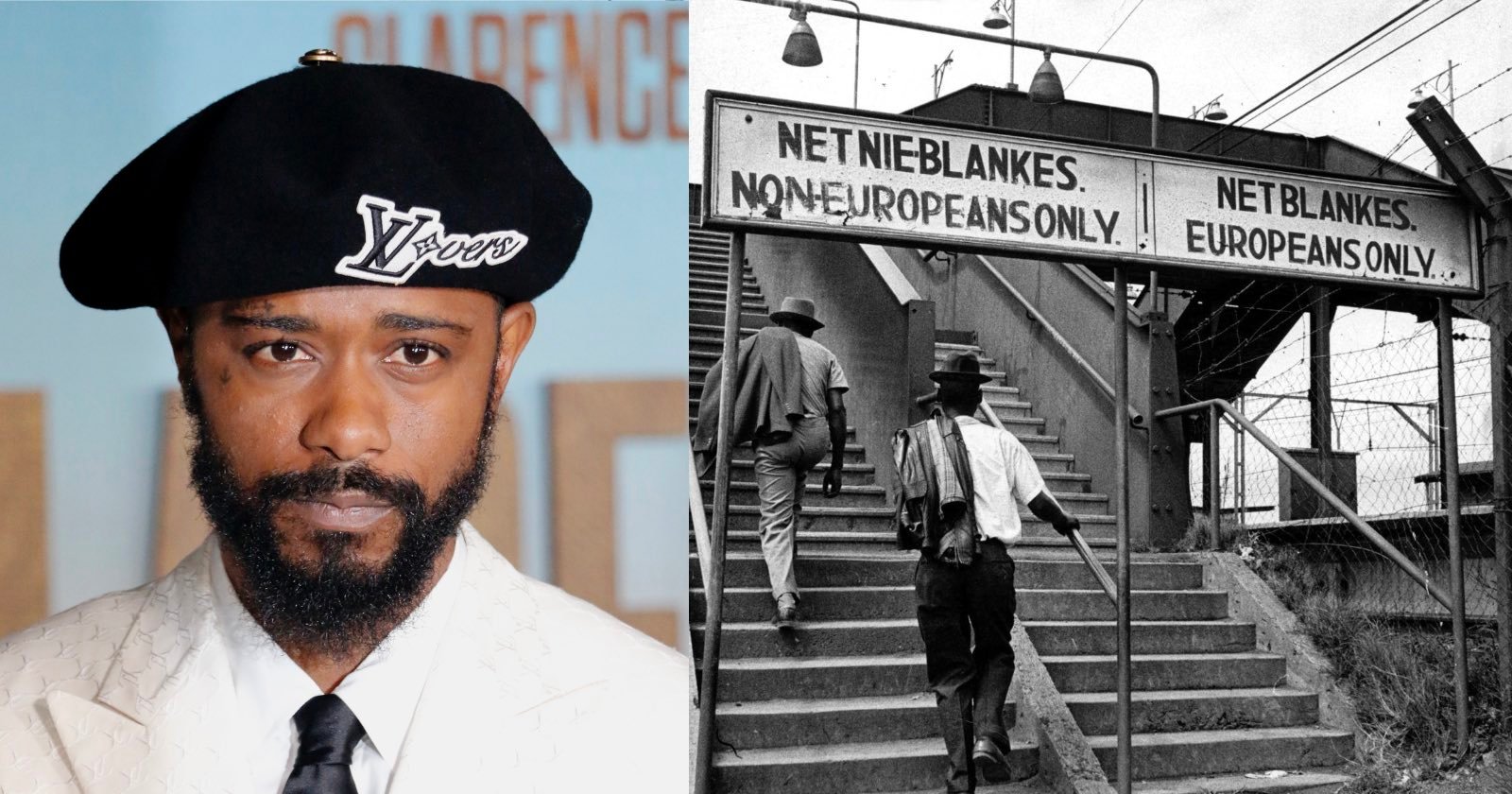LaKeith Stanfield Will Voice Apartheid Photographer Ernest Cole in Upcoming Documentary

LaKeith Stanfield will be the voice of Ernest Cole, South Africa’s first Black freelance photographer, in an upcoming documentary about his life.
According to Variety, Oscar-nominated actor Stanfield has joined Raoul Peck’s project Ernest Cole: Lost and Found.
Stanfield has been cast as the voice of Cole — whose early images of Black life under apartheid shocked the world but whose later photographs of America were thought to be lost until 2017.
Stanfield, who has starred in Atlanta, and Get Out, will help bring the photographer’s words to life on screen.
Variety reports that Peck’s documentary production has the full collaboration of the Ernest Cole Family Estate, which is helmed by Cole’s nephew Leslie Matlaisane.
It has granted Peck exclusive access to the totality of the family’s archive, including images never previously seen by the public.
“I have long admired the peerless Raoul Peck’s singular body of work,” Stanfield says.
“I’m honored to have the opportunity to collaborate with him on ensuring Ernest Cole’s essential story is heard.”
A Photographer: Lost and Found
Born in 1940 in the Eersterust township, near Pretoria, South Africa, Cole witnessed the formalization of the apartheid regime growing up as a child.
When he was a teenager, Cole began working for Drum, a South African magazine geared toward Black readers.
As South Africa’s first Black freelance photographer, he was in a unique position to detail what was happening in his country. His early photography is known for revealing the horrors of apartheid to the world.
However, Cole’s work earned the ire of apartheid enforcers by capturing the human costs of the regime. At the age of 26, the South African authorities arrested Cole and labeled him a “banned person” for his photography.
In 1966, Cole fled South Africa and moved to the U.S. Cole’s House of Bondage was published the following year — the first and only book of those early South African photographs published during his lifetime.
However, throughout the late 1960s and early 1970s, Cole traveled across America and photographed extensively in New York City, Chicago, and the American South.
Cole was fascinated by the ways that the country mirrored his homeland’s segregated culture. It was a critical time in the United States, with the Civil Rights Movement peaking and tensions rising after the assassination of Martin Luther King Jr.
However, Cole never published these images of America in another book and his photographs were seemingly lost. Cole died in exile in New York City in 1990.
But according to The Atlantic, in 2017, a member of Cole’s family was mysteriously invited to Stockholm at the behest of a Swedish bank.
There, in three safety-deposit boxes, were more than 60,000 of his 35mm film negatives, many taken during Cole’s years in America.
In January this year, 260 of Cole’s images of that period were published in a book called The True America.
Peck’s film Ernest Cole: Lost and Found will tell Cole’s story through his writings, the recollections of those closest to him, and the images he captured with his camera.
The filmmakers hope the documentary will reintroduce “a pivotal Black artist to a new generation.”
Magnolia acquired North American rights from Range Media Partners and is planning a theatrical release for Ernest Cole: Lost and Found later this year.
Image credits: Header photo licensed via Depositphotos (left) and Wikimedia Commons (right).